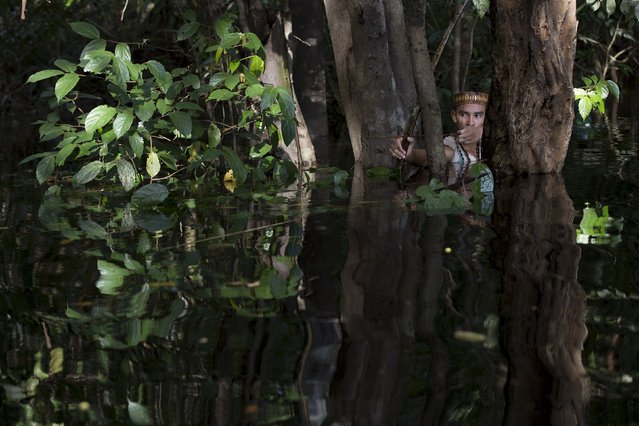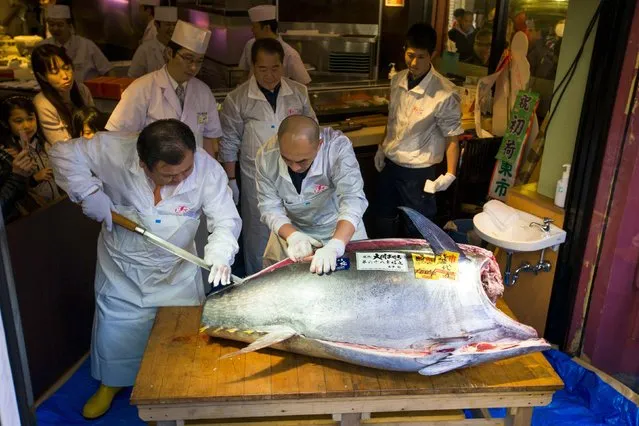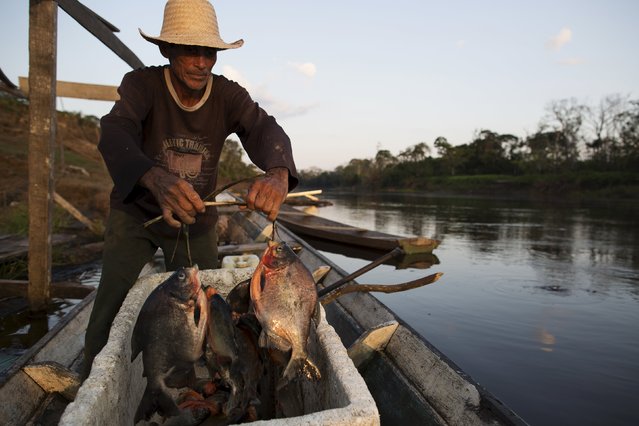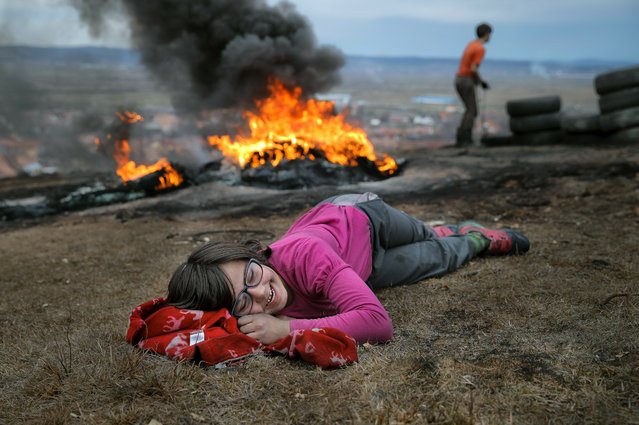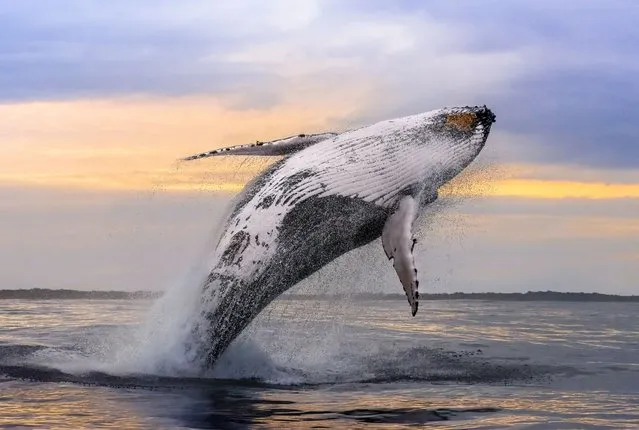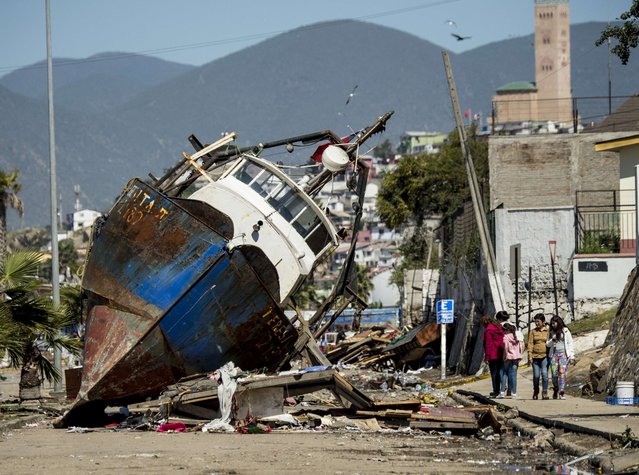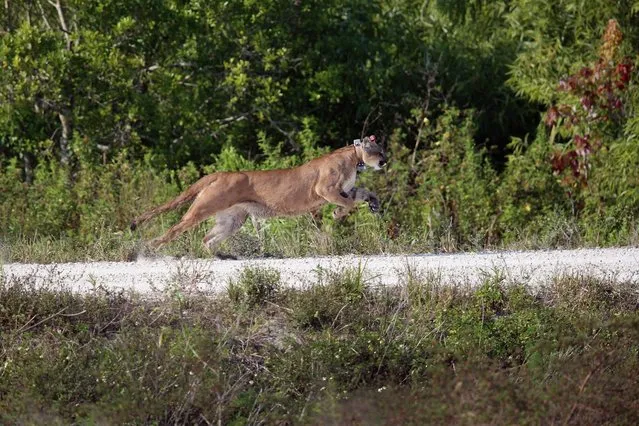
A 2-year-old Florida panther is released into the wild by the Florida Fish and Wildlife Conservation Commission (FWC) on April 3, 2013 in West Palm Beach, Florida. The panther and its sister had been raised at the White Oak Conservation Center since they were 5 months old. The FWC rescued the two panthers as kittens in September 2011 in northern Collier County after their mother was found dead. The panther is healthy and has grown to a size that should prepare him for life in the wild. (Photo by Joe Raedle)
07 Apr 2013 07:34:00,post received
0 comments


